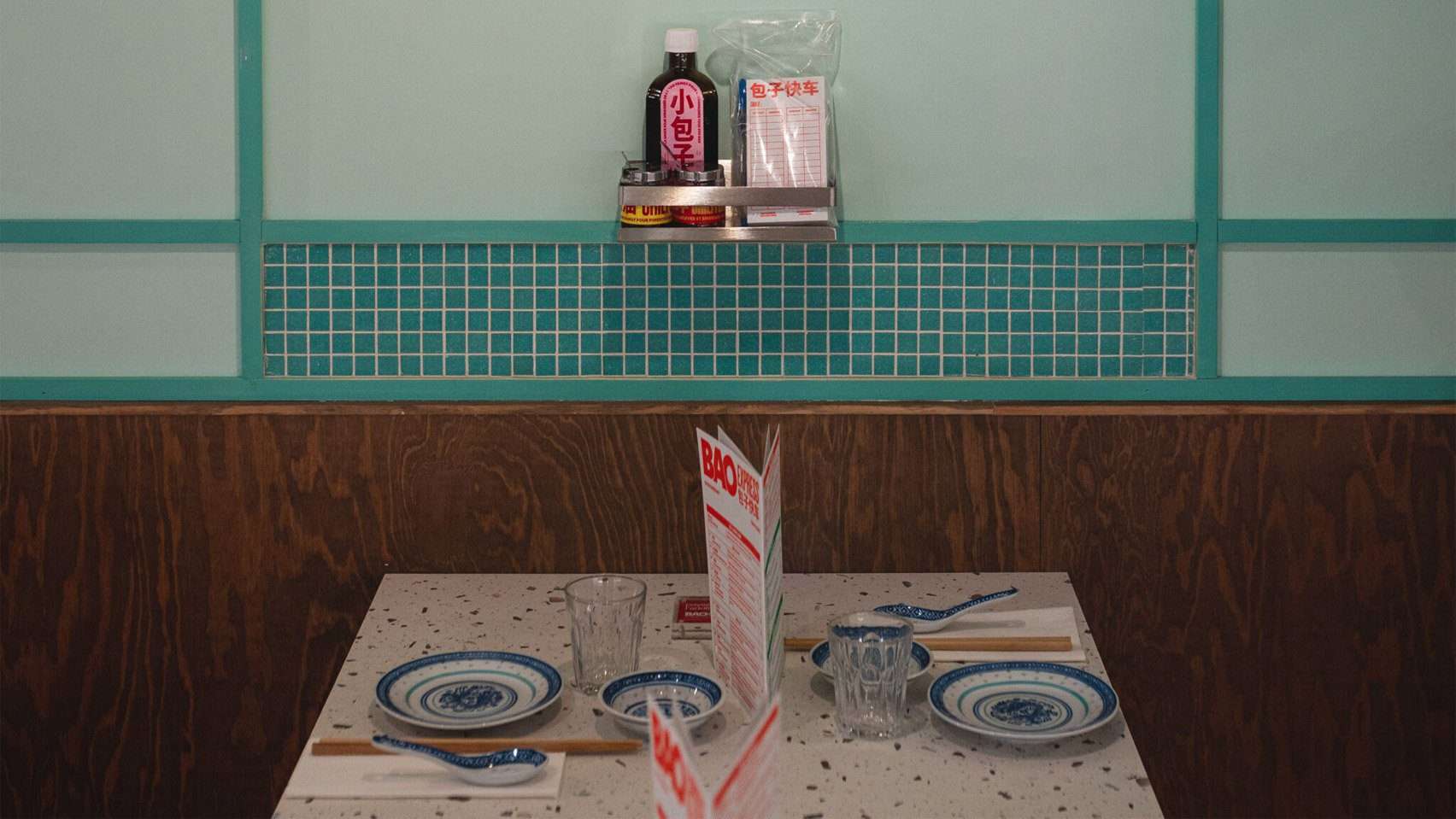Brand Story: Olivetti
Modernity, aesthetics, and usefulness define the “Olivetti style”
The Italian typewriter manufacturer Olivetti developed a distinctive identity through the use of a potent marketing plan, an innovative product design, and a motivated crew.
When Camillo Olivetti began mass producing the first Italian typewriter, Olivetti was established in 1908.
Later, when his son Adriano expanded the business to produce electrical equipment, he gave the company’s brand a particular look and character that at the time made it stand out both in Italy and abroad.
The business was one of the most well-known and respected Italian industries in the world at the start of the 1950s, and it was a key factor in the economic miracle that lifted Italy out of the midst of fascism and war.
The elegance of Italian Olivetti goods, structures, and marketing initiatives have a special formal value, where designers construct shapes that immediately communicate with the user while having a distinct aesthetic point of view.
An Olivetti town
Adriano Olivetti, an engineer, modernist, businessman, but above all a humanist, was named president of his father’s business in 1938. At the Olivetti factory in the Italian town of Ivrea, Adriano hired renowned designers to work on his projects.
It became a community with its regulations and amenities for the workers, including schools, canteens, a theater, and a pool, creating the most forward-thinking corporate town of the time.
An emphasis on design
The Carlo Scarpa Venice Showroom of Italian XXth-century architecture, which is now a museum, is one of the most spectacular instances of the excellent architects that Adriano Olivetti recruited for the Olivetti showroom as well as for headquarters around the world.
Additionally, to contribute to the logotype and the corporate identity of the business, artists and graphic designers traveled to Ivrea. The business invested in design and used typography as a key component of advertising when developing its typefaces.

Letter number 22
In the past, the typewriter was a result of the need for a quicker means of communication; the letter forms and machine’s design were not as important in the early models.
Marcello Nizzoli, a designer and architect developed the Letter 22 portable typewriter in 1949. It was superior to any other machine on the market by combining a sculptural mass with an architectural balance.
The Italian computer
Enrico Fermi, Italy’s most renowned scientist, helped develop Elea 9003, the first transistor-based mainframe computer, which Olivetti unveiled in 1960. Ettore Sottsass focused on the case and control pads, making them aesthetically pleasing and ergonomically novel at the time in such a way that the computer appeared to correspond and communicate with the user.
A global treasure
Ivrea was a World Heritage Site by UNESCO in 2018. Some of the town’s machines still reside in the permanent collections of the world’s biggest museums, including the MoMA. Just like the company that helped establish Italian design as a reference.
Finally, Olivetti fonts made it through the typewriter era and established themselves in the digital market. Serving as a striking illustration of how a good design can change and adapt to new mediums, generations, and requirements.

Read more on Archup:
Call For Ideas: Extreme Habitat 2022 Architecture Competition
Essay Writing Contest: ‘Orating History’ – Saga of your Choice. Pen it down!







